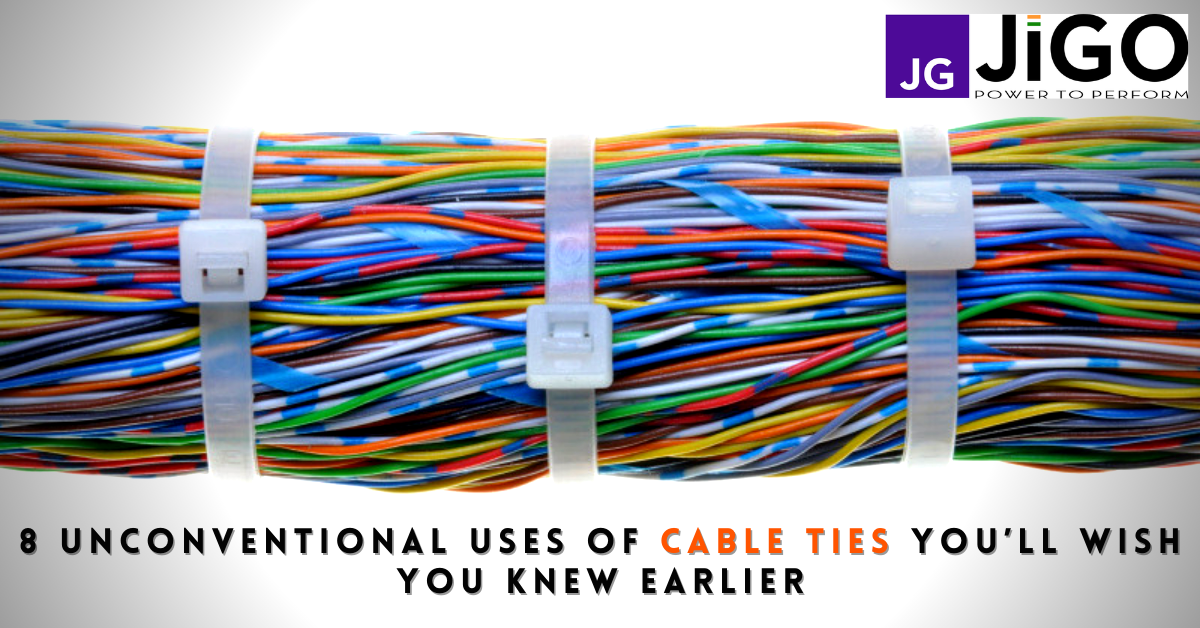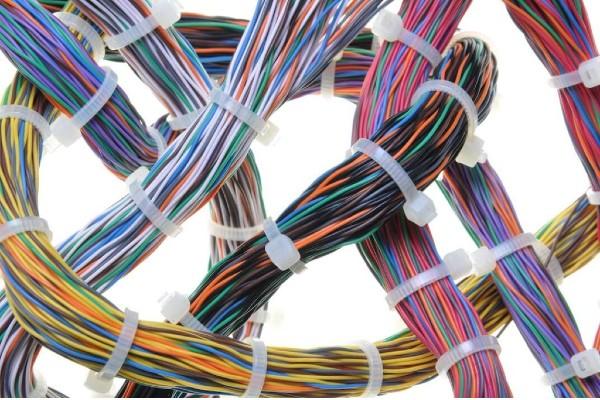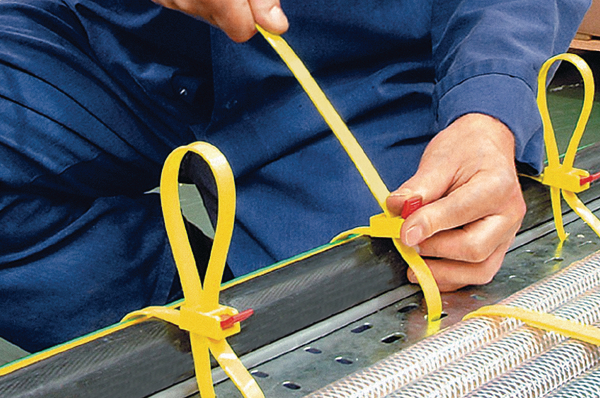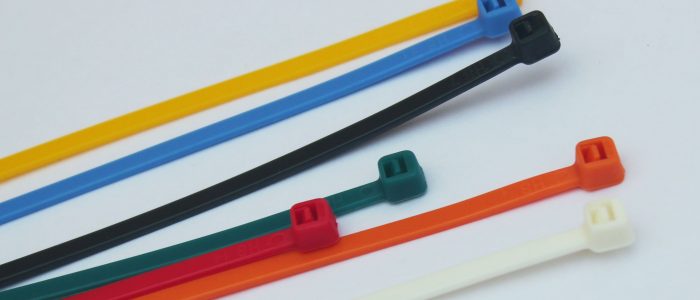
We all know that cable ties are fasteners that bundle your cables and wires together to keep them organized and prevent damage. But it turns out that they are not as mundane as they seem.
There is an extensive list of applications for these inexpensive, versatile, and lightweight plastic or nylon strips that go far beyond cable management.
Having doubts? Take a look at some clever uses of a cable tie.
- Childproofing your home – When there are kids coming over, you must secure your cabinets that contain dangerous items, like cleaning supplies, medicines, and knives. All you need to do is secure a cable tie between two adjacent knobs or handles to secure the cabinet doors, and snip them off and toss them in the trash to restore access to the cabinets when the young visitors go back home.
- Unclogging a drain – Use a large zip tie to help fish hair out of a clogged drain. Use a cutting plier to snip diagonal notches along the sides of the zip tie. Then bend the slits to create a series of barbs. Feed the cable tie-down into the drain and move it up and down to loosen debris and pick up whatever is clogging the drain.
- Garden Support – Some produce-heavy plants such as tomato, bougainvillea, snapdragons, and zucchini, need some extra help to stand upright by attaching them to the stake with cable ties so they don’t snap under the weight of their bounty. Remember to not tie the plant too tight, as it could accidentally strangle the plant. Also, be mindful to remove or adjust the ties as the plant grows.
- Bouquet Bundles – To keep unruly bunches of flowers in place, secure them with cable ties before arranging them in a vase. Once you’ve arranged the flowers loosely loop a couple of ties around the stems being careful not to over-tighten the ties else they will compress or cut into the stalks.
- Bubble Wand – You can use a large cable tie as a DIY bubble wand by making a small loop on the end and enjoy a bubble party with the kids.
- Tie-Dye – The next time you tie-dye t-shirts, use cable ties in place of rubber bands. Cable ties don’t snap and the tightness of the tie guarantees that no color will seep through the folds or below the rubber band, destroying the design.
- Zipper Fix – Not being able to wear your favorite zip-up sweatshirt or jeans because the zipper pull just snapped off. Loop a cable tie through space where the zipper pull used to be. You’re done!
- Hanging temporary decorations – Use cable ties to hang your string lights, garlands, and wreaths. You can even use them to secure lights around tree branches so you don’t have a mess of unruly wires to untangle later on. The best thing is that cable ties come in an array of colors so choose one that will complement the decor and its surrounding area.
Related Blog: Plastic Cable Ties Sizes And Their Uses
Conclusion
We hope the above information will encourage you to look at cable ties in a new light and get creative when using them.
We’d love to hear which cable tie hack surprised you the most and which one you’re looking forward to trying out.





